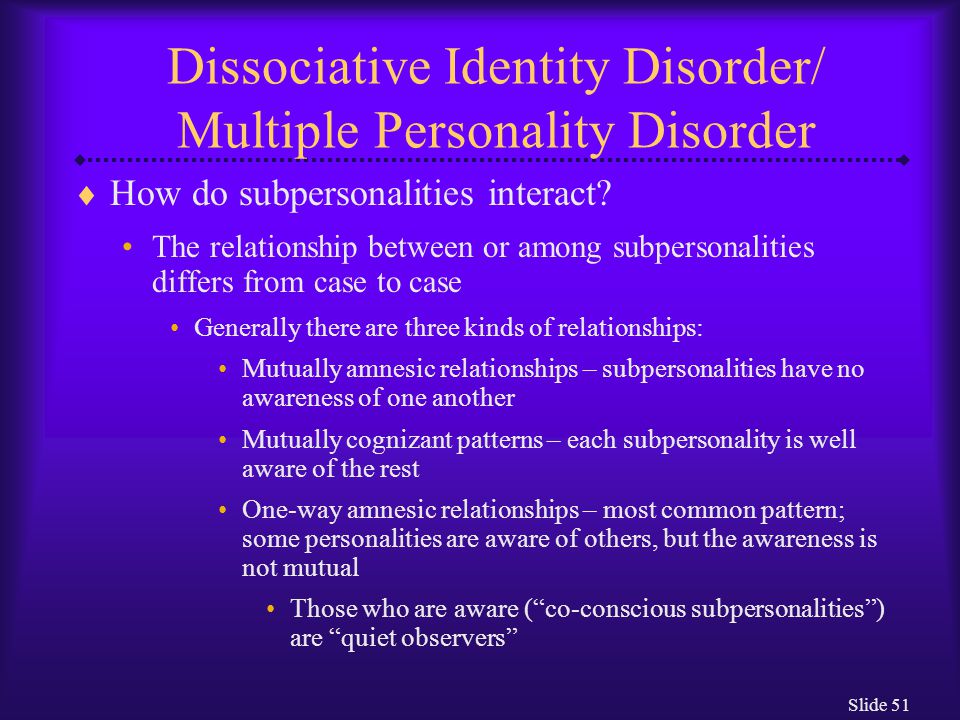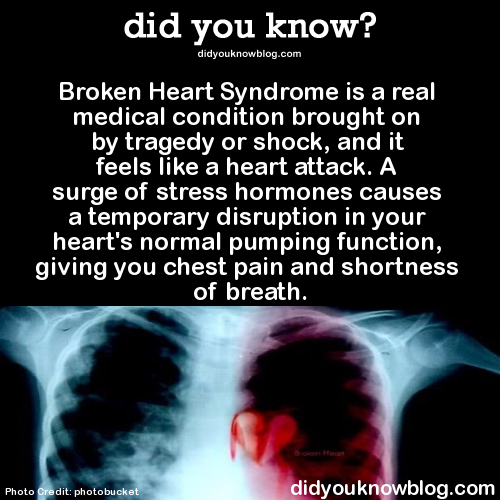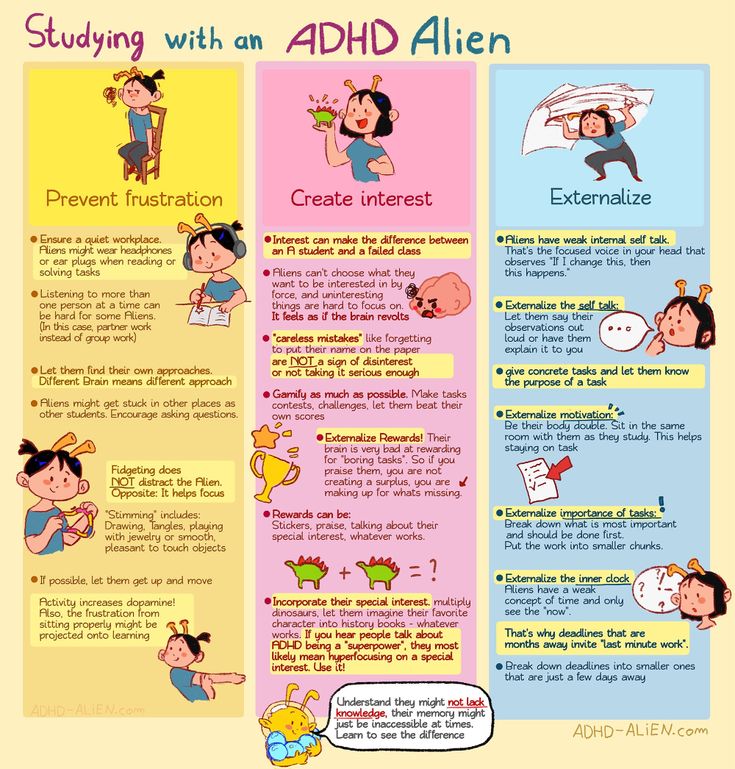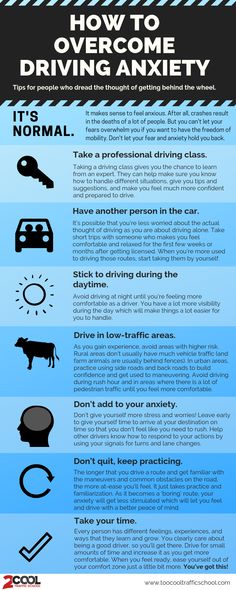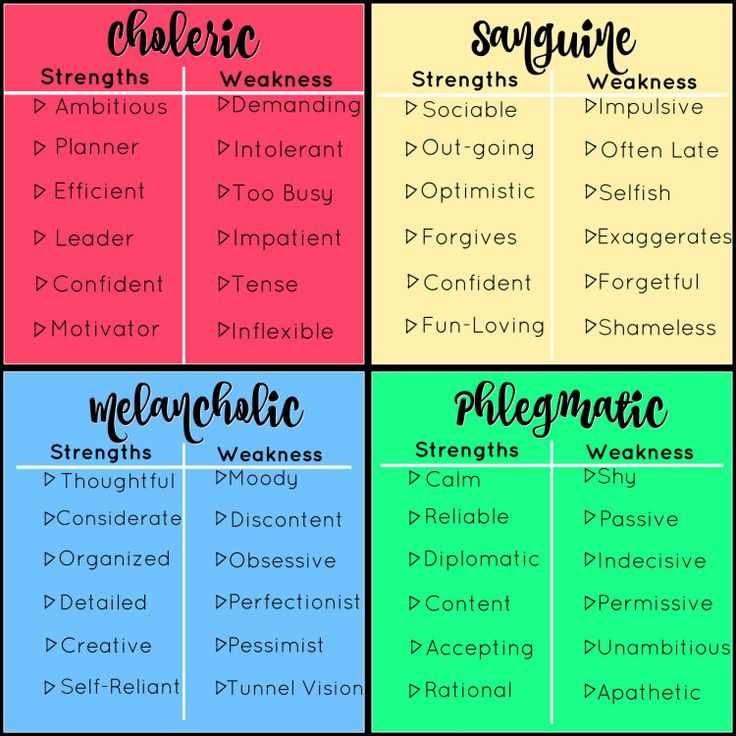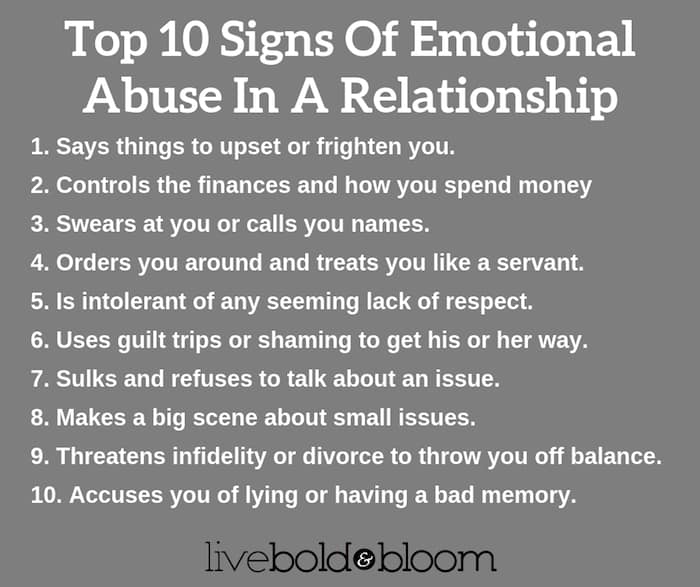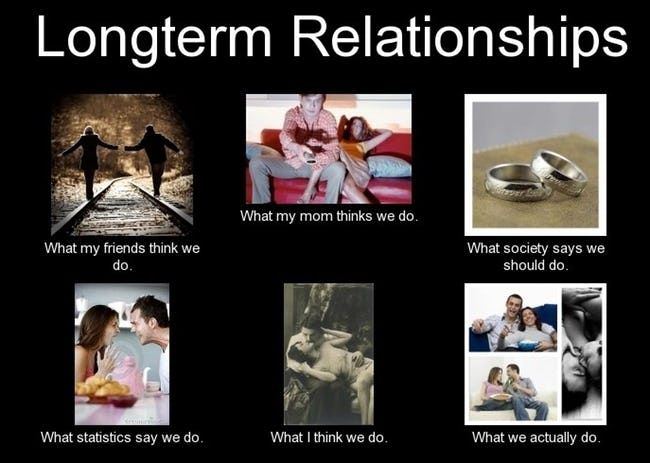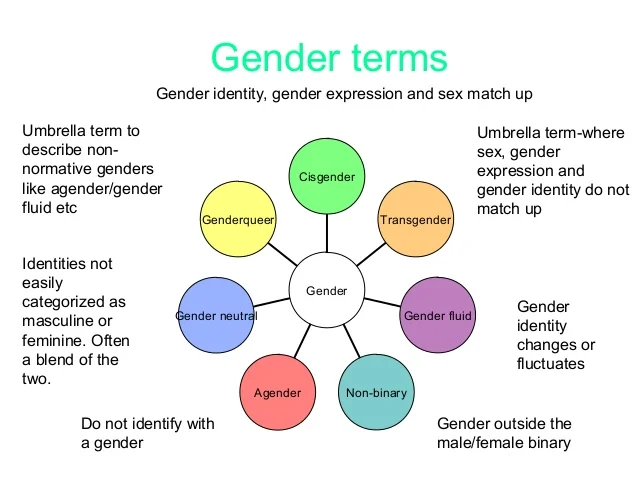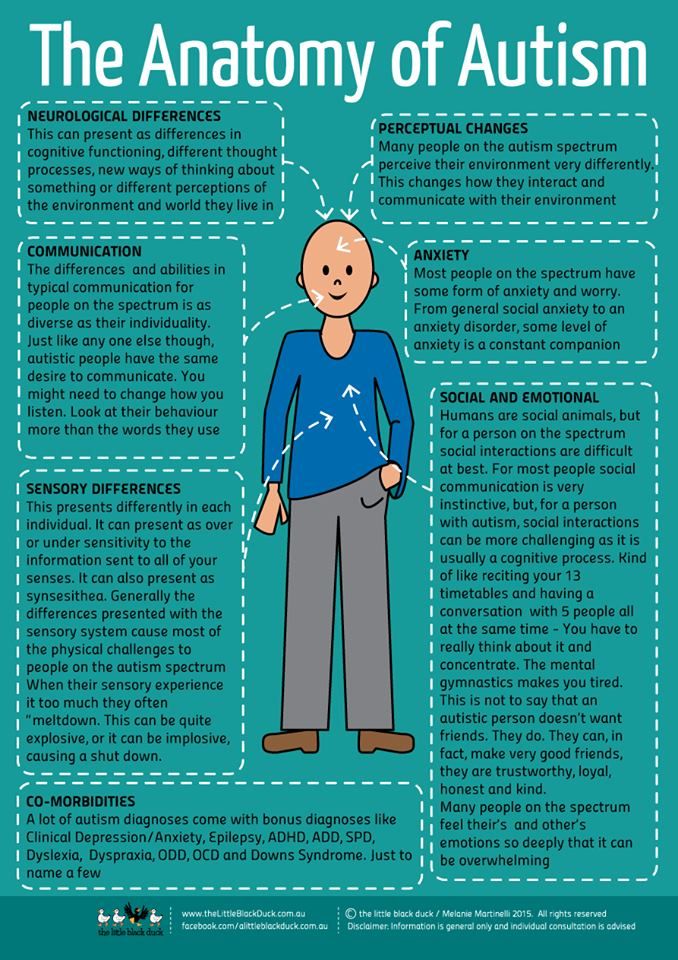Alters dissociative identity disorder
Alters in Dissociative Identity Disorder
Image: "[ G ] Yannis Gaitis - Heads (c1980)" by Playing Futures: Applied Nomadology
CC BY 2.0
An alter is a dissociated self state that may be associated with either dissociative identity disorder (DID) or other specified dissociative disorder subtype 1 (OSDD-1). In cases of DID, most if not all alters can take recurrent executive control of the body in which they reside. Alters each have their own perception of self as a unique individual or entity and do not view themselves as only an aspect of a complete person. Externally, alters can display different degrees of emotional expressiveness, behave in different ways, and have different skills and abilities related to sensory-motor functioning. They have different thoughts, perceptions, and memories relating to themselves and to the world around them. They may perceive themselves as having an age, gender, sexuality, appearance, source, or even species that may or may not match that of the system's actual body, and they may or may not be aware of these discrepancies.
(Some alters may see what they expect to see when they look into mirrors and are highly distressed to realize that the body that they are in does not match their internal perception of how they should look.) Often, alters have their own wants, needs, desires, and opinions. They may have psychological disorders and physiological reactions that are unique to them or experience the body’s psychological and physiological disorders in different ways or to different degrees than do other alters in the same body.
To quote "Dissociative Multiplicity and Psychoanalysis" from "Dissociation and the Dissociative Disorders: DSM-V and Beyond:"
"The alters may be few or many, of various ages, including older than the body, same- or cross-gendered, hetero- or homosexual, alive or dead, with either or both coconsciousness and copresence to varying degrees, which may not be commutative (i.e., may be one-way), communicating not at all, or through hallucinations, or through direct thought transfer, manifesting different physiological signs in the body when out, clustered in various arrays of dyads, subgrouping, layers, purposes, and so on. Subhuman, animal, or imaginary alters are not uncommon, with likely links to children’s fantasy. When out, a given host or alter may appear globally to be mentally and behaviorally whole and normal or an exaggerated caricature or a single-function agent, and so on, but not necessarily congruent with the age and gender of the body" (Dell & O'Neil, 2009).1
Subhuman, animal, or imaginary alters are not uncommon, with likely links to children’s fantasy. When out, a given host or alter may appear globally to be mentally and behaviorally whole and normal or an exaggerated caricature or a single-function agent, and so on, but not necessarily congruent with the age and gender of the body" (Dell & O'Neil, 2009).1
Alters are also referred to as parts, alternate personalities, personalities, fragments, "headmates," internal family members ("sisters," "brothers," "cousins," etc), or self states.
Collectively, all of the alters in one body are known as a system.
For more information, see:
Functions
Alter Ages
Non-human Alters
Cores
Systems and Subsystems
Internal Worlds
1 Dell, P. F., & O'Neil, J. A. (2009). Dissociative multiplicity and psychoanalysis. In Dissociation and the dissociative disorders: DSM-V and beyond (p. 301). New York: Routledge.
DID Fact Sheet | NAMI Michigan
What Is Dissociative Identity Disorder (DID)?
Dissociative identity disorder (DID), previously referred to as multiple personality disorder, is a dissociative disorder involving a disturbance of identity in which two or more separate and distinct personality states (or identities) control an individual’s behavior at different times. When under the control of one identity, a person is usually unable to remember some of the events that occurred while other personalities were in control. The different identities, referred to as alters, may exhibit differences in speech, mannerisms, attitudes, thoughts and gender orientation. The alters may even present physical differences, such as allergies, right-or-left handedness or the need for eyeglass prescriptions. These differences between alters are often quite striking.
When under the control of one identity, a person is usually unable to remember some of the events that occurred while other personalities were in control. The different identities, referred to as alters, may exhibit differences in speech, mannerisms, attitudes, thoughts and gender orientation. The alters may even present physical differences, such as allergies, right-or-left handedness or the need for eyeglass prescriptions. These differences between alters are often quite striking.
A person living with DID may have as few as two alters or as many as 100. The average number is about 10. Often alters are stable over time, continuing to play specific roles in the person’s life for years. Some alters may harbor aggressive tendencies, directed toward individuals in the person’s environment or toward other alters within the person.
At the time a person living with DID first seeks professional help, he or she is usually not aware of their condition. A very common complaint in people affected by DID is episodes of amnesia, or time loss. These individuals may be unable to remember events in all or part of a proceeding time period. They may repeatedly encounter unfamiliar people who claim to know them, find themselves somewhere without knowing how they got there or find items that they don’t remember purchasing among their possessions.
These individuals may be unable to remember events in all or part of a proceeding time period. They may repeatedly encounter unfamiliar people who claim to know them, find themselves somewhere without knowing how they got there or find items that they don’t remember purchasing among their possessions.
What Are The Symptoms Of DID?
Often people living with DID are depressed or even suicidal and self-mutilation is common in this group. Approximately one-third of individuals affected complain of auditory or visual hallucinations.
While the causes are unknown, statistics show that DID occurs in 0.01 to 1 percent of the general population. DID is a serious mental illness that occurs across all ethnic groups and all income levels. It affects women nine times more than men.
In addition to experiencing separate identities, individuals living with DID may also experience many other symptoms. Some of these symptoms include:
- Depression.
- Suicidal tendencies.

- Anxiety, panic attacks.
- Alcohol and drug abuse.
- Confusion.
- Memory problems.
- Delusions.
- Headaches.
- Flashbacks.
- Eating disorders.
- Personality change.
- Selective loss of memory.
- Disorientation.
What Does Treatment For DID Look Like?
Treatment for DID consists primarily of psychotherapy with hypnosis. The therapist attempts to make contact with as many alters as possible and to understand their roles and functions in an individual’s life. In particular, the therapist seeks to form an effective relationship with any personalities that are responsible for violent or self-destructive behavior and to curb this behavior. The therapist aims to establish communication among the personality states and to find ones that have memories of traumatic events in an individual’s past. The goal of the therapist is to enable the individual to achieve breakdown of the patient’s separate identities and their unification into a single identity.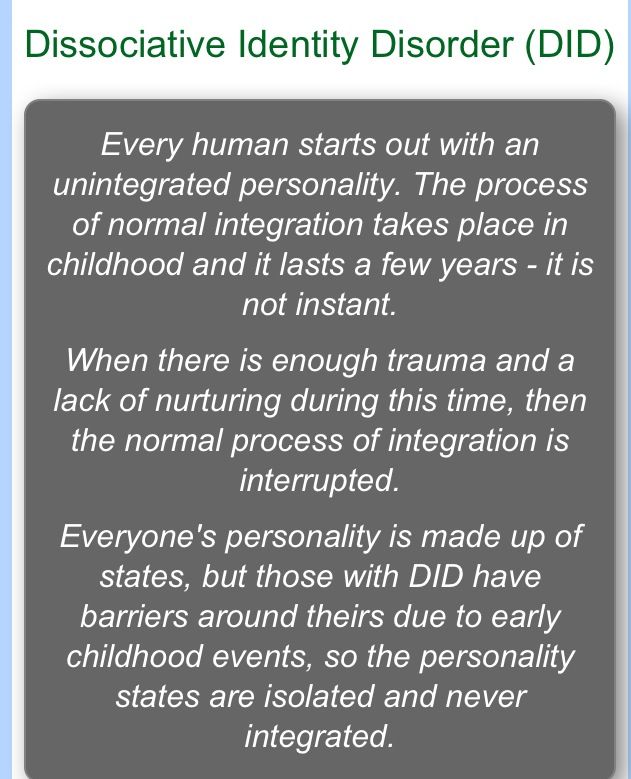
Retrieving and dealing with memories of trauma is important for a person living with DID, because this disorder is believed to be triggered by physical or sexual abuse in childhood. Young children have a pronounced ability to dissociate and it is believed that those who are abused may learn to use dissociation as a defense. In effect, the child slips into a state of mind in which it seems that the abuse is not really occurring to him or her, but to somebody else. In time, such a child may begin to emotionally and cognitively split into alternate identities. Research has shown that the average age for the initial development of alters is 5.9 years old.
In individuals where dissociation is thought to be a symptom of another mental illness such as borderline personality disorder (BPD) or posttraumatic stress disorder (PTSD), treatment of the primary cause is of upmost importance.
Children affected by DID may experience a great variety of symptoms, including depressive tendencies, anxiety, conduct problems, episodes of amnesia, difficulty paying attention in school and hallucinations.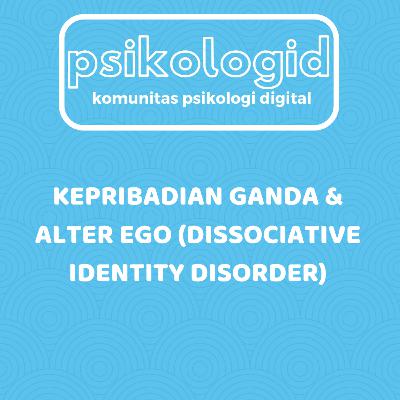 Often these children are misdiagnosed as having schizophrenia. By the time the child reaches adolescence, it is less difficult for a mental health professional to recognize the symptoms and make a diagnosis of DID.
Often these children are misdiagnosed as having schizophrenia. By the time the child reaches adolescence, it is less difficult for a mental health professional to recognize the symptoms and make a diagnosis of DID.
What Can A Friend Or Family Member Do To Help Someone Who Lives With DID?
- Be informed. Learn all you can about DID.
- While a friend or family member can help and support a person living with DID, they need professional help to support their recovery process. You can help them locate a therapist who is trained and experienced in treating the condition and encourage them to attend therapy appointments regularly.
- Agree to attend a therapy appointment with your loved one, if he or she is open to it. The therapist can give you some more information about DID and help you find additional ways to help.
- If your friend or loved one living with DID “switches” to another alter, they may sound and act differently and this change can be abrupt.
 They may not know who you are. Introduce yourself if they don’t know you and offer reassurance if they are frightened.
They may not know who you are. Introduce yourself if they don’t know you and offer reassurance if they are frightened. - Peer support is vitally important to many who live with mental illness. Therefore, you can encourage your loved one to join a support group for people living with DID or a peer support group for people living with mental illness, such as NAMI Connection Recovery Support Groups.
- Be aware of signs that your loved one might be at risk for suicide as this is not uncommon for someone affected by DID. If you think they may be at risk for harming themselves, call the Suicide Hotline at 1(800) 273-TALK, get them professional help as soon as possible or take them to the nearest emergency room.
- Be willing to simply listen if your loved one wants to talk. Listening without interruption and without judging when your friend or loved one wants to talk is extremely helpful. You don’t need to try to solve their problems; just listen.
Dissociative Identity Disorder: how a girl survived her father's abuse, splitting herself into 2500 identities
- France Mao
- BBC Sydney
you to understand the events.
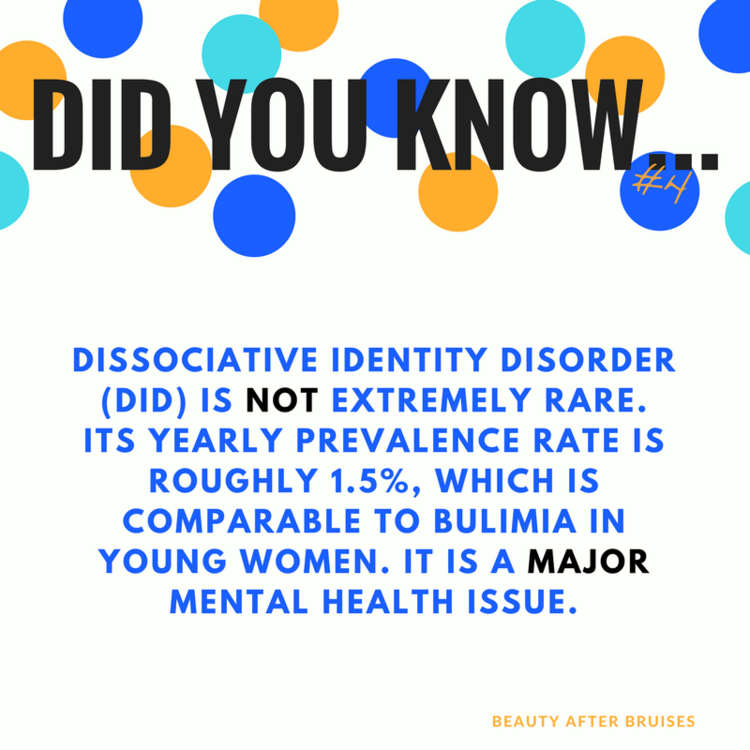
Photo copyright JENI HAYNES/ NINE NETWORK
Photo captionJenny Haynes' six personal identities were allowed to testify in court against her father
One female witness was heard in court that day. But six people spoke through her lips, ready to talk about the bullying she experienced.
"I went into the courtroom, took my seat, took the oath, and then a few hours later I returned to my body and left there," Janie Haynes recalled this day in an interview with the BBC.
When Janie was a child, she was constantly raped by her father, Richard Haynes. Australian police call what happened to her one of the worst cases of child abuse in the history of the country. nine0011
To cope with the psychological trauma, her mind resorted to an amazing tactic - it invented new personal identities for her to distance herself from the pain she was experiencing. The bullying was so brutal and continuous that Janie says she had to invent 2,500 different personalities to survive.
- Crowded Inside: A film about living with dissociative identity disorder
- Christina Blasey Ford remembers sexual abuse 36 years later. It's okay
- "Father with a swastika". A well-known athlete in Belarus accuses her father of sexual abuse
Court hearings took place in March, in which Jeni testified against her father on behalf of several of these individuals. Among them was a four-year-old girl named Symphony.
This was the first time in Australia, and probably the world, that a victim diagnosed with dissociative identity disorder testified on behalf of their multiple identities and managed to secure a conviction. nine0011
"We weren't afraid. We waited so long to tell everyone exactly what he did to us, and now he couldn't silence us," she said.
On September 6, a court in Sydney sentenced 74-year-old Richard Haynes to 45 years in prison.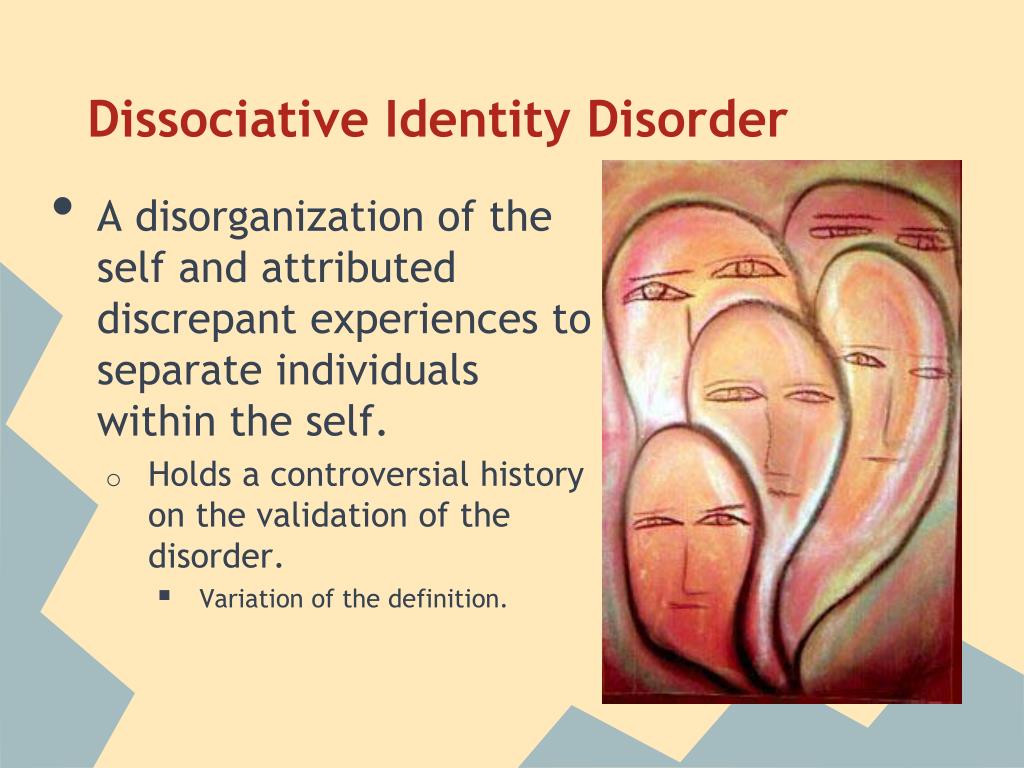
Attention: the text contains a description of child abuse and abuse
"Even in my head I did not feel safe"
The Haynes family moved to Australia from London at 1974 year. Janie was four years old, but her father had already begun to mock her. In Sydney, his actions became completely sadistic and were repeated almost daily.
Photo copyright, JENI HAYNES
Photo caption,Jeni's multiple selves became her way of hiding from violence
Skip the Podcast and continue reading.
Podcast
What was that?
We quickly, simply and clearly explain what happened, why it's important and what's next. nine0011
episodes
End of Story Podcast
"My father's bullying was calculated and planned.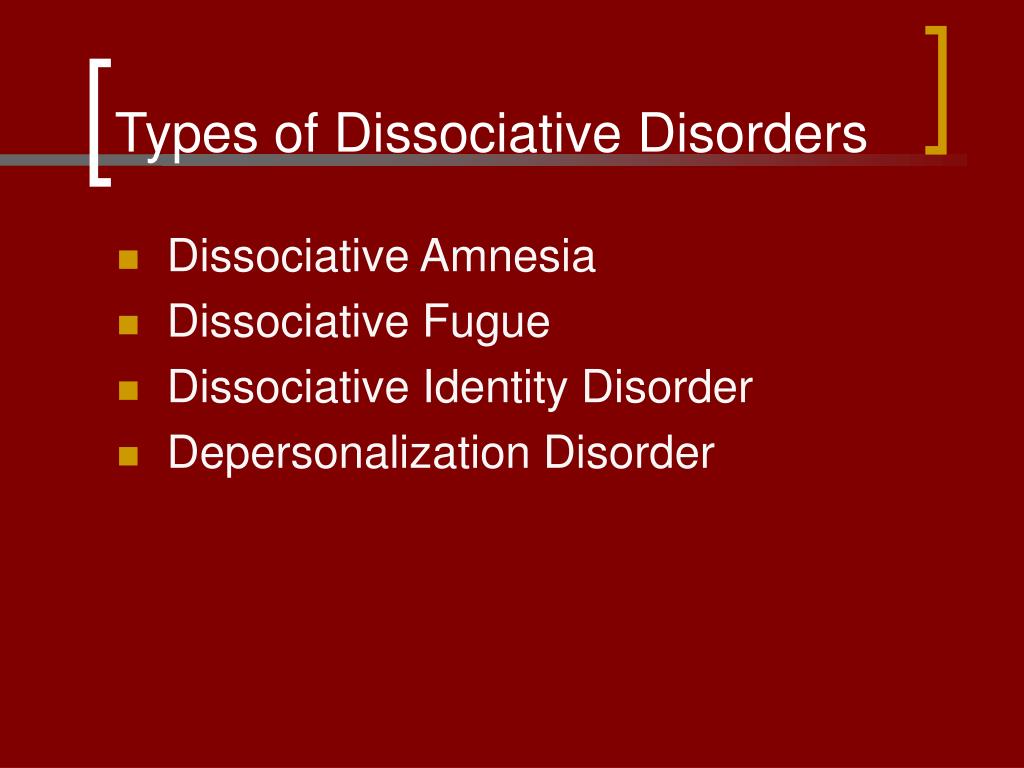 It was deliberate and he enjoyed it every minute," Janie told the court. As a minor victim, she had the right to remain anonymous, but chose to waive it in order to be able to reveal her father's name.
It was deliberate and he enjoyed it every minute," Janie told the court. As a minor victim, she had the right to remain anonymous, but chose to waive it in order to be able to reveal her father's name.
"He heard me begging him to stop, he heard me crying, he saw the pain and horror he caused in me, he saw the blood and the physical damage he inflicted. And the next day he consciously did it again" , - she said. nine0011
Haynes taught his daughter that he could read her mind, she said. He threatened to kill her mother, brother, and sister even if she even considered torturing her, let alone tell them about it.
"My inner world was taken over by my father. I didn't feel safe even in my head. I lost the ability to comprehend what was happening to me and draw my own conclusions," Janie said.
To hide her feelings, she expressed her thoughts through song lyrics:
"He ain't heavy/he's my brother" (He's not a burden, he's my brother) - when she was worried about her brother and sister.
"Do you really want to hurt me/ Do you really want to make me cry" when thinking about her experience.
Her father limited her contact at school to minimize her contact with adults. Janie learned to be quiet and inconspicuous because if she was "noticed", such as when the swimming coach told her father that the girl needed to develop her talent, her father punished her. nine0011
Photo copyright, Jeni Haynes
Photo caption,Richard Haynes and his three children, Jeni is on the right
Jeni did not receive medical treatment for injuries from beatings and rape. As a result, she developed serious chronic diseases.
Janie is now 49 years old. Her eyesight is irreparably damaged, her jaw, intestines, anus and coccyx are damaged. She had to undergo several major surgeries, including a colostomy in 2011.
The violence in Janie's life continued until the age of 11, when her family returned to Britain.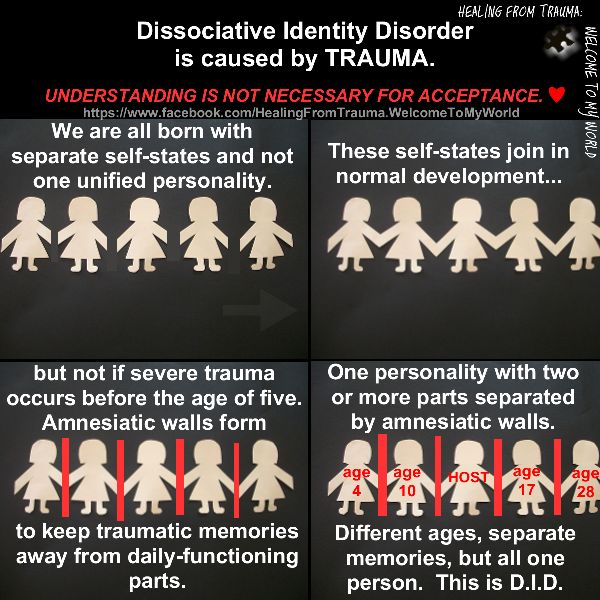 Shortly thereafter, at 1984, her parents divorced. She thinks that no one, not even her mother, knew what she had been through.
Shortly thereafter, at 1984, her parents divorced. She thinks that no one, not even her mother, knew what she had been through.
"Actually he bullied Symphony"
Modern Australian experts call Janie's condition Dissociative Identity Disorder (DID). They say it has a lot to do with the horrendous abuse she experienced as a child—experienced at home, in a place that was supposed to be safe.
"DID is really a survival strategy," child psychologist Pam Stavropoulos, an expert on childhood trauma, told the BBC. nine0011
Image copyright JENI HAYNES
Image captionFor most of her childhood Jeni told herself she was Symphony
experiences of abuse and psychological trauma," she said.
The younger the traumatized child and the worse the treatment, the more likely it is that he will resort to dissociation to cope, resulting in a split personality. nine0011
Janie said that the first personal identity that appeared in her was Symphony, a four-year-old girl who exists in her own temporary reality.
"She suffered every minute when my dad abused me. When he abused me - his daughter Janie - he was actually bullying Symphony," Janie said.
As the years passed, Symphony herself began to invent new identities to cope with the violence she experienced. Each of the hundreds and hundreds of personalities had a role to play in coping with the elements of violence, whether it was a particularly terrifying episode or images or smells that evoked traumatic memories. nine0011
"The alter personality came out from behind the Symphony and became a distraction. My alter personalities served as protection for me from my father," Janie said.
While we were talking about this, about half an hour after the interview began, Symphony appeared. Janie warned that this could happen. The fact that she is about to switch can be guessed by the fact that it becomes more difficult for her to formulate an answer.
"Hi, my name is Symphony.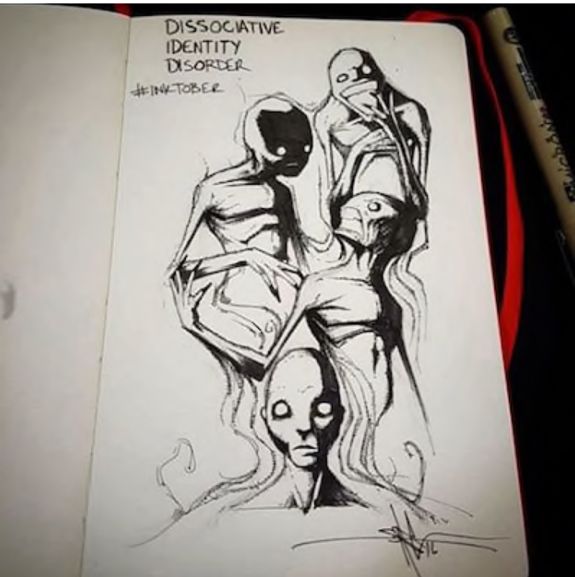 Janie is having a problem. Let me tell you everything if you don't mind," she says quickly. nine0011
Janie is having a problem. Let me tell you everything if you don't mind," she says quickly. nine0011
Symphony has a higher voice, more lively intonation. She speaks like a little girl, barely catching her breath between words. We talked for 15 minutes. She remembers in great detail the events associated with the "evil dad" that took place decades ago. It's impressive.
"That's what I did. I took everything that I consider valuable in myself, everything that is important and pleasant for me, and hid it from my dad. Therefore, when he mocked me, he mocked not a thinking human being", Symphony said. nine0011
Janie's personalities that helped her survive
Photo caption,Janie and some of her essences
- Muscles is a Billy Idol-style teenager. He is tall and wears clothes that flaunt his strong arms. He is calm and caring.
- Volcano - very tall and strong, dressed in black leather from head to toe.
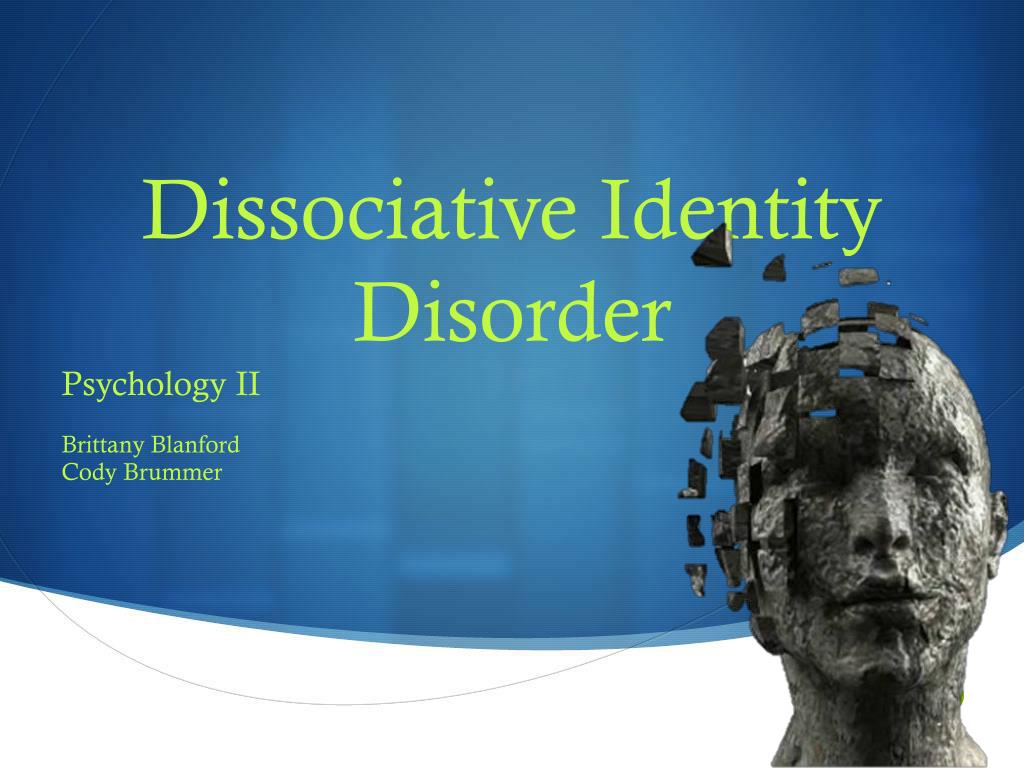 Hair is dyed straw.
Hair is dyed straw. - Ricky is only eight years old, but he wears an old gray suit. He has short hair and bright red hair. nine0004
- Judas is short with red hair. He wears gray trousers from his school uniform and a bright green sweater. Always looks like he's about to say something.
- Linda/Maggot is tall and slender, wearing a 1950s skirt with pink poodle appliqués. Her hair is collected in an elegant bun, and her eyebrows are in a house.
- Rick wears huge glasses - the same as Richard Haynes wore. They cover his face.
In March, Janie was allowed to testify in court on behalf of Symphony and five other personalities, each of whom could talk about different aspects of the abuse experienced. Only the judge was present at the hearing, because the lawyers felt that the testimony would be too traumatic for the jury. nine0011
Haynes was initially charged with 367 charges, including multiple counts of rape, sodomy, lewd acts and carnal depravity of a child under 10 years of age.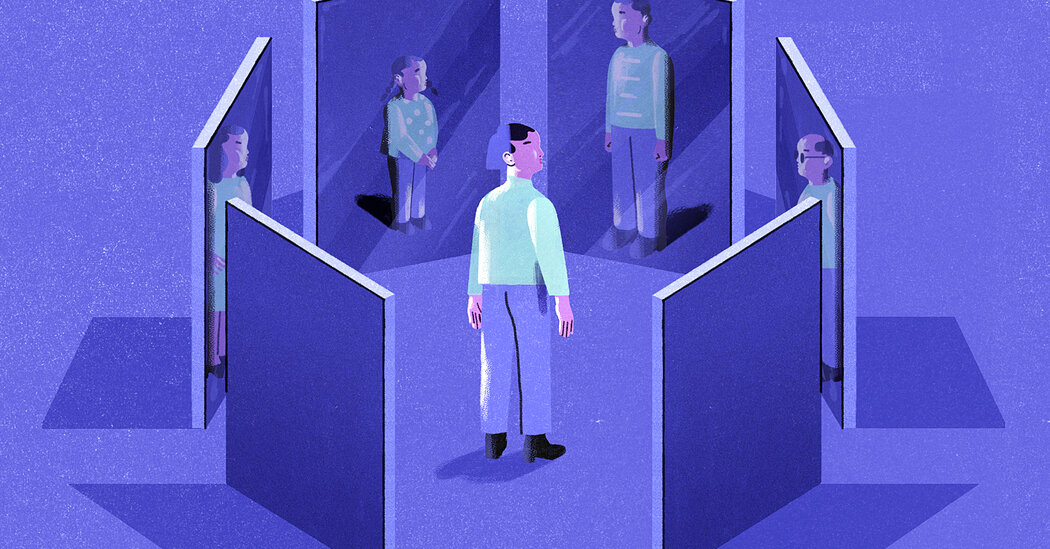 Janie, in her various personalities, was able to testify at length in court on each episode. Her multiple selves helped her retain memories that would otherwise have been lost due to trauma.
Janie, in her various personalities, was able to testify at length in court on each episode. Her multiple selves helped her retain memories that would otherwise have been lost due to trauma.
Prosecutors also called in DID psychologists to explain Janie's condition and assess the credibility of her testimony. nine0011
"My memories as someone with MRI are as intact today as they were the day they were formed," Janie told the BBC. After that, she briefly spoke about herself in the plural: "Our memories are just frozen in time. If I need them, I'll just go and get them."
Symphony's intention was to reconstruct "in great detail" the details of the crimes committed during her seven years in Australia. Muscled, burly 18-year-old boy, could testify to the physical abuse, and the elegant young woman Linda had to tell how the abuse affected Janie's performance in school and her ability to connect with people. nine0011
Image copyright JENI HAYNES
Image captionThe Haynes family home in Greenacre, Sydney west
Symphony hoped to "use her testimonies to grow up," Janie explains. got scared and gave up, couldn't handle it."
got scared and gave up, couldn't handle it."
After more than two hours of Symphony's testimony on the second day of the hearing, Janie's father changed his testimony and pleaded guilty on 25 counts - the worst, according to Janie. nine0011
Dozens more were counted towards his sentencing.
"DID saved my life"
"This case is a milestone, to the best of our knowledge, this is the first time that multiple identities of a person with DID have been accepted by the court system and ultimately led to the conviction of the perpetrator," explains Dr. Kathy Keselman is president of the Blue Knot Foundation, an Australian organization that helps survivors of childhood trauma.
Image copyright JENI HAYNES
Image caption,Richard Haynes pleaded guilty to more than two dozen acts of child sexual abuse
Janie first reported the abuse in 2009. The police investigation leading to the sentencing and imprisonment of Richard Haynes lasted 10 years.
In 2017, he was extradited to Australia from Darlington in the North East of England, where he was serving a seven-year sentence for another crime. Before that, he lived with various relatives of Janie, whom he told that his daughter was lying and manipulating people. nine0011
Upon learning of Janie's abuse, her mother, who divorced Haynes in 1984, became active in helping her get justice.
But for decades, Janie's attempts to get help with her injuries have met with reluctance from specialists. She says counselors and therapists turned her down because her story made them distrustful or felt so traumatic that they couldn't deal with it themselves.
Dissociative Identity Disorder
- Refusal to communicate - detachment from oneself or the world - is considered a normal reaction to trauma.
- DID can be triggered by experience if a person (especially in childhood) has experienced trauma for a long time.
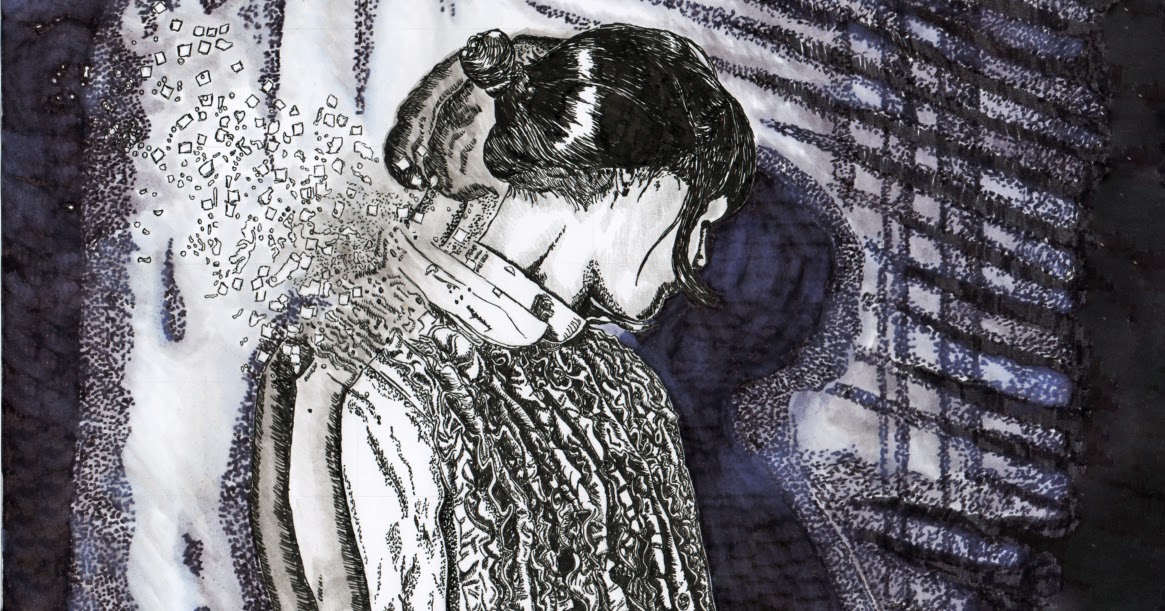
- Lack of adult support, or the presence of an adult who says the injury was not real, may contribute to the development of DID.
- A person with DID may feel that there are multiple selves within them that think, act, or speak differently and may even have conflicting memories and experiences. nine0004
- There is no specific medical treatment for DID - specialists mostly use talking therapy to help patients.
Despite the fact that today this diagnosis is recognized and its existence is evidence-based, DID usually raises doubts among the layman and even some doctors.
"The nature of this condition is such that it causes distrust and discomfort due to its causes. Partly because people find it difficult to believe that children can be subjected to such abuse," says Dr. Stavropoulos. "That's why Janie's case is so important - because this case provides a wider awareness of this very complex, but not uncommon condition, which has not yet been fully accepted.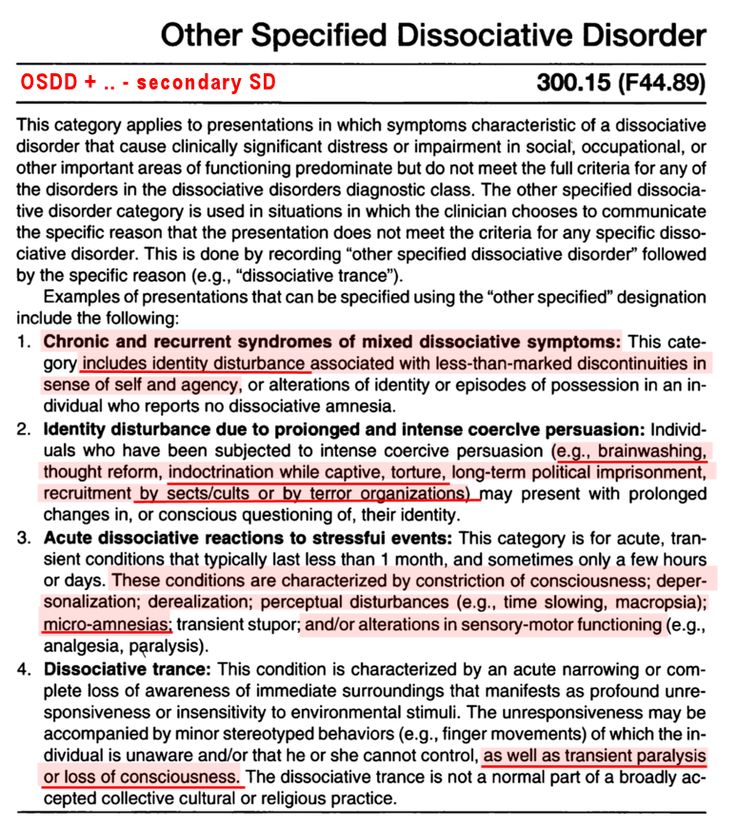 nine0011
nine0011
Janie says her DID saved her life and soul. At the same time, her condition and her trauma led to serious life difficulties.
Photo copyright, JENI HAYNES
Photo caption,Some of Jeni's personalities are very intelligent and experienced adults
Jeni has devoted her entire life to studying, earning her Master's and Doctorate degrees in Law and Philosophy. But she couldn't work full time. She now lives with her mother, and both of them depend on their social pensions. nine0011
In her statement of harm, Janie notes that she and her personalities "live in fear, constantly on guard. We must hide our multiplicity and strive for consistency in behavior, relationships, conversations and beliefs, which is often impossible. Very difficult to manage opinions and views, having 2,500 voices inside."
"I shouldn't have lived like this," she says. "Make no mistake, it was my father who caused me to have DID. "
"
On September 6, when my father was sentenced to 45 years in prison, Janie was sitting a few meters away from him. Haynes, a seriously ill man, will not be able to apply for parole until 33 years later. nine0011
At sentencing, Judge Sarah Haggett said it was likely that Haynes would die in prison. His crimes, she said, were "terrifyingly heinous and perverted."
According to the judge, the verdict cannot reflect the seriousness of the harm caused to the defendant.
"I'm passionate about my story," Janie told the BBC before her sentencing. Behind me". nine0011
"If you have DID as a result of violence, you can now get justice. You can go to the police and they will believe you. Your diagnosis is no longer an obstacle to justice," Janie says.
general information, causes, symptoms, treatment
Dissocial personality disorder (sociopathy, unstable psychopathy, antisocial psychopathy) is a mental personality disorder characterized by ignoring social norms and the rights of other people, a tendency to illegal actions.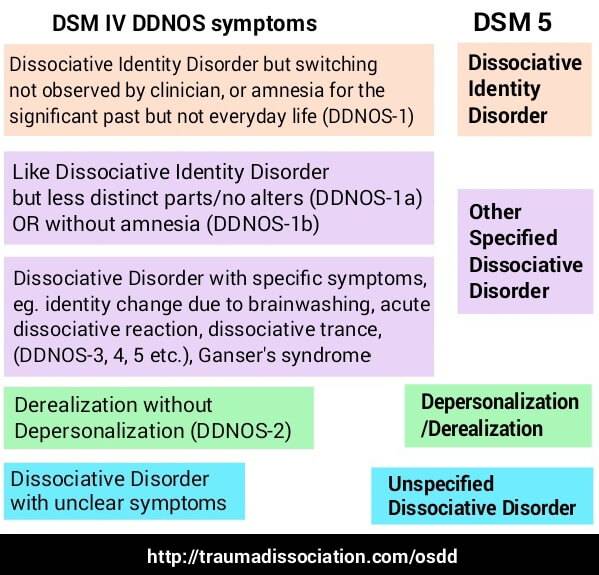 nine0011
nine0011
According to the ICD-10 classification, dissocial personality disorder (F60.2) belongs to the group of specific personality disorders (F60). In accordance with the ICD, specific personality disorders are classified as severe disorders, with marked behavioral abnormalities. They are not a direct consequence of disease or any damage to the brain. The disorder is almost always associated with social breakdown and negatively affects several areas of a person's life. They begin in childhood and adolescence and last for many years. The disorder is detected in 1% of women and 3% of men. Residents of cities, children from large families, people from low-income segments of the population are most susceptible to the emergence of sociopathy. nine0011
Researchers claim that patients with antisocial disorder make up to 75% of the contingent of places of detention. But not all sociopaths become criminals - some people commit socially condemned, but not formally punishable actions.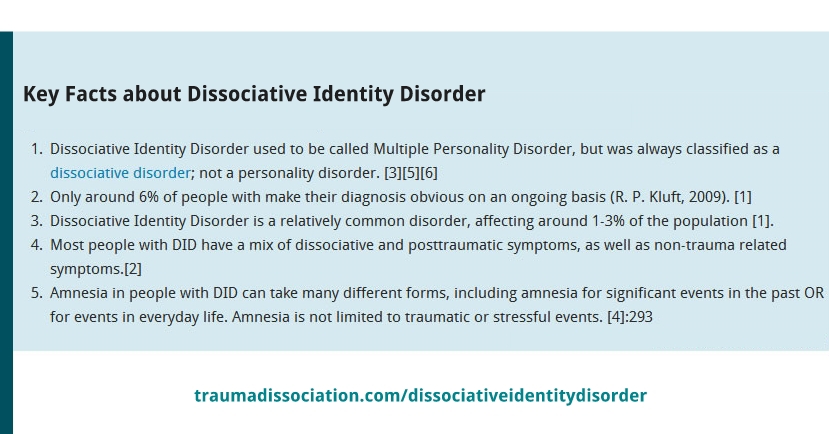
There are two types of people with antisocial personality disorder: passive and active. "Passive" sociopaths do not have internal moral restrictions, but are repelled by the norms of external authorities (religion, legislation). Such behavior protects them from open conflicts with society and allows them to formally meet the requirements of society. nine0011
"Active" sociopaths have no internal and external restrictions. If necessary, they can demonstrate to others their responsibility, decency and readiness to abide by the rules of society, but at any opportunity they stop limiting themselves and return to antisocial behavior. "Active" sociopaths often demonstrate criminal behavior, passive - hidden, formally unpunished (lie, manipulation, neglect of duties).
Clinically, sociopathy is manifested by a complete lack of guilt and responsibility for one's actions, an inability to learn from negative experiences. The person is prone to lies and hypocrisy, self-centered, aggressive, lacks empathy and affection.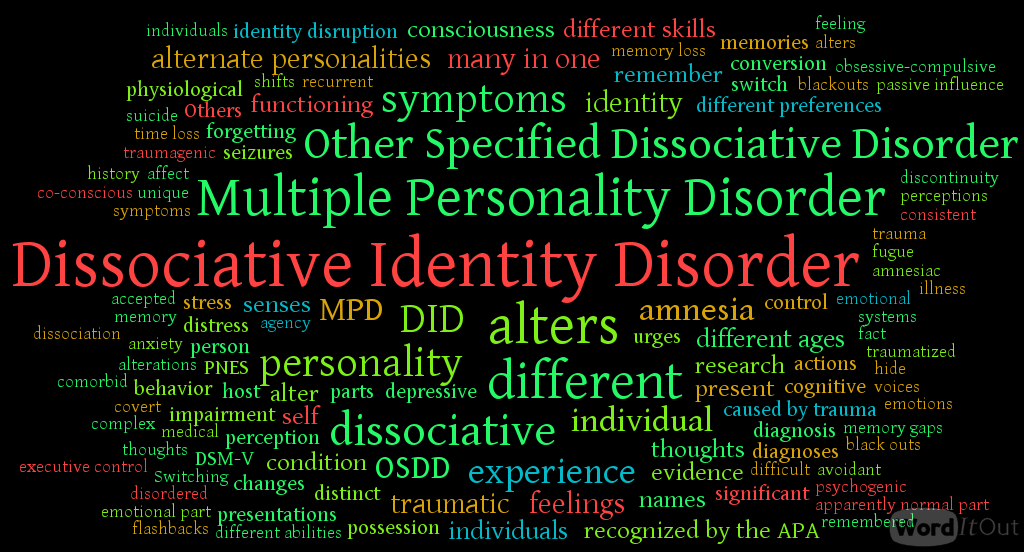 As with other psychotic conditions, the person acts impulsively, but sociopaths are aware that they violate the norms of society, unlike people with psychosis. nine0011
As with other psychotic conditions, the person acts impulsively, but sociopaths are aware that they violate the norms of society, unlike people with psychosis. nine0011
People with antisocial disorder commit illegal actions in order to obtain profit or pleasure (fraud, exploitation, etc.), they do not cope well with failures. A person justifies and rationalizes his actions, is indifferent to the negative consequences of his actions for others.
The allocation of this type of personality disorder is conditional. Rather, it is the same type of formation of different constitutional forms of personality. Some of the personalities can be attributed to the circle of schizoid psychopathy (emotionally cold expansive schizoids), others - to emotionally unstable and narcissistic personality disorders. nine0011
The main role in the occurrence of antisocial personality disorder is played by heredity and upbringing. With age, some correction of their behavior is possible.
Sociopathies often coexist with other psychiatric illnesses (borderline personality disorder, attention deficit hyperactivity disorder, impulse disorder) and addictions such as substance abuse and alcohol addiction.
Sociopathy is a dynamic personality structure along with masochistic, hysterical and others, which is formed from genetic predisposition and psychogenic factors. Behavior is difficult to treat and correct. Sociopaths are able to be responsible for their actions, they deliberately violate the laws, feeling permissiveness. nine0011
Such a person easily endures loneliness, often changes partners, if necessary, create a family, does this in order to better integrate into society. He attracts attention with his charisma and high intelligence.
Uses the norms of society well for his own purposes, rejects traditional patterns of behavior and thinking, does not listen to medical recommendations, easily gives up his comfort (life in an inappropriate place for this, hitchhiking, vagrancy, etc.) Sociopaths do not believe and do not trust anyone . nine0011
Causes of disorder
Genetic and psychogenic factors contribute to the development of antisocial personality disorder.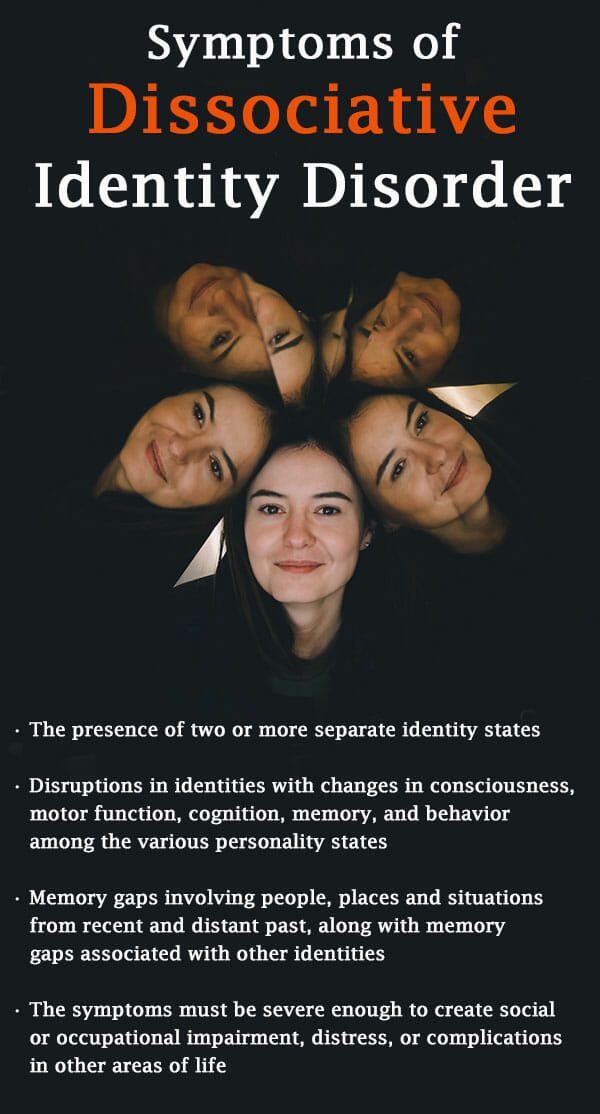 The mechanism of development of impulsivity and aggression towards others may be associated with the pathological functioning of the serotonin carrier gene. The hormonal apparatus of a person with sociopathy produces less serotonin, as a result of which he is not able to take the necessary emotions from communication, to experience empathy.
The mechanism of development of impulsivity and aggression towards others may be associated with the pathological functioning of the serotonin carrier gene. The hormonal apparatus of a person with sociopathy produces less serotonin, as a result of which he is not able to take the necessary emotions from communication, to experience empathy.
In close male relatives, sociopathy occurs five times more often than in other relatives. In families of patients with antisocial personality disorder, hysterical disorders are often detected. High criminal activity of family members, the presence of relatives suffering from alcoholism and drug addiction, poverty and unfavorable social conditions are also considered as factors contributing to the development of dissocial disorder. nine0011
The presence of mental illness in close relatives increases the risk of the disorder in children. In this case, the role is played by hereditary predisposition and the adoption of a behavior model from parents (quarrels between family members, violence, divorce of parents), and much also depends on the methods of education (if relatives neglect the child, use violence, are inconsistent in discipline, etc.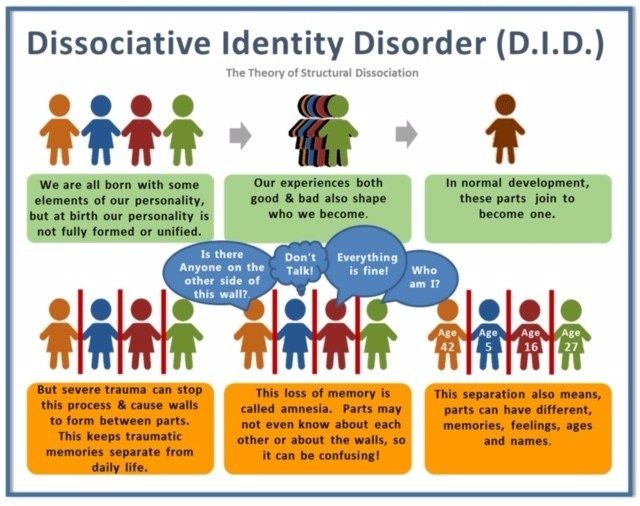 ).
).
Sociopathy, like other personality disorders, can be caused by a lack of parental love and care in childhood, which leads to a lack of trust in people. A person with such an experience is emotionally alienated and is able to establish contact with other people only by force. In some cases, family members can unknowingly instill in a person an antisocial behavior model - they give in to a child in order to maintain good relations, in response to his aggressive behavior or stubbornness. Overprotection or neglect can also affect. nine0011
People with antisocial disorder find it difficult to accept any point of view other than their own. Studies have shown that people with this disorder are often less anxious than other people. Individuals with antisocial disorder have been found to be less able than controls to solve laboratory tasks, such as finding a way out of a maze, when the key reinforcers are punishments, such as some sort of shock or monetary fine. When the punishments were made more explicit or brought to the subjects' attention to them, learning improved.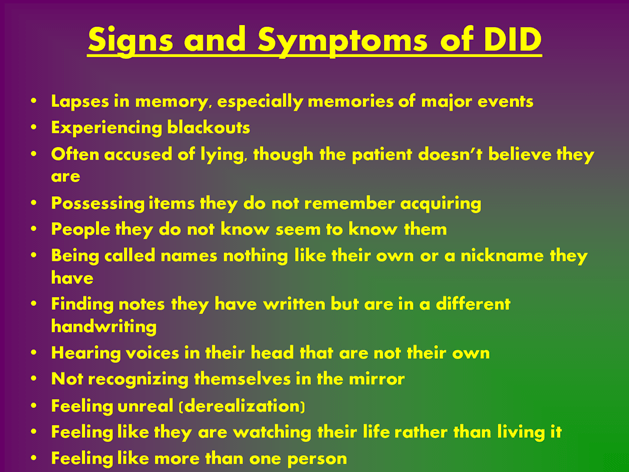 It is difficult for a person to learn from his mistakes, this may be due to the lack of an element that is key in the learning process. nine0011
It is difficult for a person to learn from his mistakes, this may be due to the lack of an element that is key in the learning process. nine0011
Scientists have found that subjects with this disease respond to the expectation of stress by low excitation of the brain (slow excitation of the autonomic nervous system, low-frequency EEG waves). Due to low brain arousal, patients may find it difficult to grasp threatening situations, so they have little effect on them. Perhaps that is why anti-social and risky activities attract people, satisfying the need for more excitement. nine0011
Symptoms of the disorder
Sociopathy can appear as early as early preschool and adolescence, and symptoms in boys usually become visible as early as early school age. In girls, symptoms appear a little later - during the prepubertal period. The symptoms of the disorder are numerous: the child is selfish, hostile, stubborn, cruel (acts evil with peers, tortures animals, skips classes, runs away from home, spoils property, steals).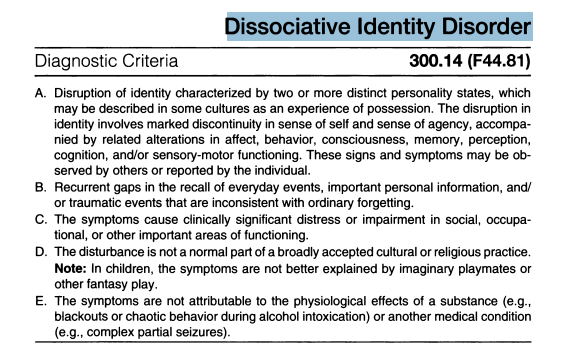 In dealing with people, he is angry, quick-tempered, fits of rage are possible. Has a very high opinion of himself. A distinctive feature of patients with antisocial personality disorder is early opposition to parents. Due to the lack of attachment to their neighbors and a critical assessment of their actions, they neglect family traditions, moral and legal norms. nine0011
In dealing with people, he is angry, quick-tempered, fits of rage are possible. Has a very high opinion of himself. A distinctive feature of patients with antisocial personality disorder is early opposition to parents. Due to the lack of attachment to their neighbors and a critical assessment of their actions, they neglect family traditions, moral and legal norms. nine0011
A person can deceive, speculate or manipulate other people for his own purposes, using his intellectual abilities for this. In order to get what they want, they are extremely charming, talkative, and endearing. They constantly crave light entertainment and pleasures, an idle lifestyle, try to avoid any work, study, fulfillment of any duties. From adolescence, they are drawn to asocial companies, alcohol, and drugs. They are indifferent to their future, live in the present. Weak-willed and cowardly - they try to run away from any difficulties and troubles. nine0011
Patients with antisocial personality disorder may rationalize their actions by blaming those they offended that they themselves are to blame or that they deserve such treatment. They do not feel remorse and repentance, they are always sure that they are right, at any cost they do what they consider the best for themselves at the expense of other people. They are guided not only by selfish interests, but also by the desire to annoy and offend others. Any penalty from them is regarded as a manifestation of injustice. nine0011
They do not feel remorse and repentance, they are always sure that they are right, at any cost they do what they consider the best for themselves at the expense of other people. They are guided not only by selfish interests, but also by the desire to annoy and offend others. Any penalty from them is regarded as a manifestation of injustice. nine0011
In adulthood, a person with a similar disorder most often looks adequate and socially adapted. There are no problems in communication - thanks to the charm and ability to win over others, they often make a good impression with superficial contacts. Sociopaths have a special attraction, and people who need to be nurtured and guided like to be around such a “strong” person. It reassures them and gives them confidence. A person with a sociopathy is often sexually attractive, which he takes advantage of. Sexual life is a source of pleasure. Such a person is not able to love, empathize, sympathize, but can imitate love. you will never suspect that he does not feel anything for you.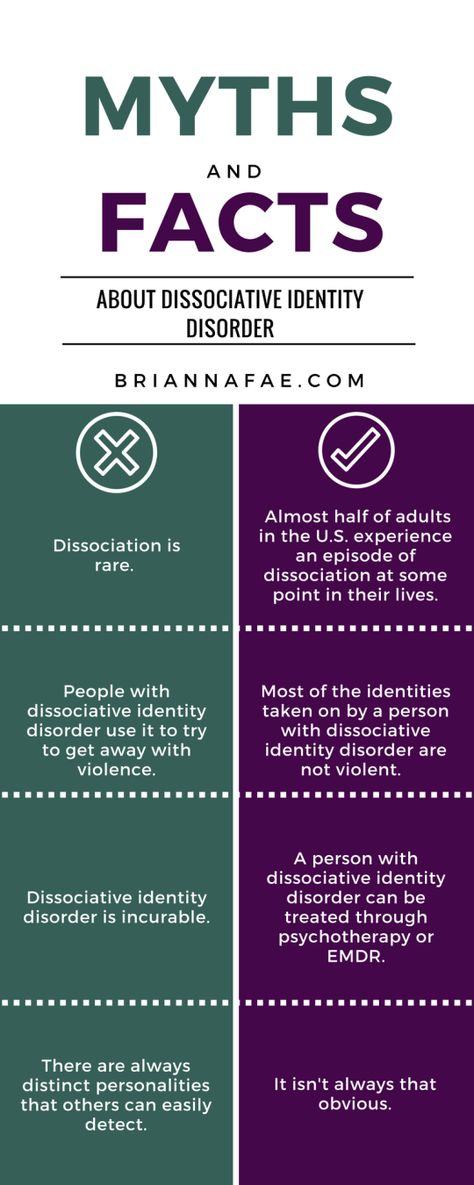 nine0011
nine0011
A person with a dissocial disorder is a desperate debater who always wins, and if they try to catch him, he will dodge to the end, but will not admit to being wrong or lying and most likely will go on the counterattack. When trying to argue the accusations and his wrongness, the sociopath will respond with accusations that they want to denigrate his honor. You should not compete with such a person, in any situation it is important for him to always win, and he uses any means for this. nine0011
As a result of their impulsiveness, patients do not plan in advance, are socially and financially irresponsible - carelessly handle money, often move, change their place of residence and work, relationships. They may not pay bills, loans, alimony. Very often, sociopaths end up in prison, for many people with this disorder, the criminality of behavior begins to decrease after 40 years. Abuse alcohol and psychoactive substances. In a state of intoxication, conflict and aggressiveness increase.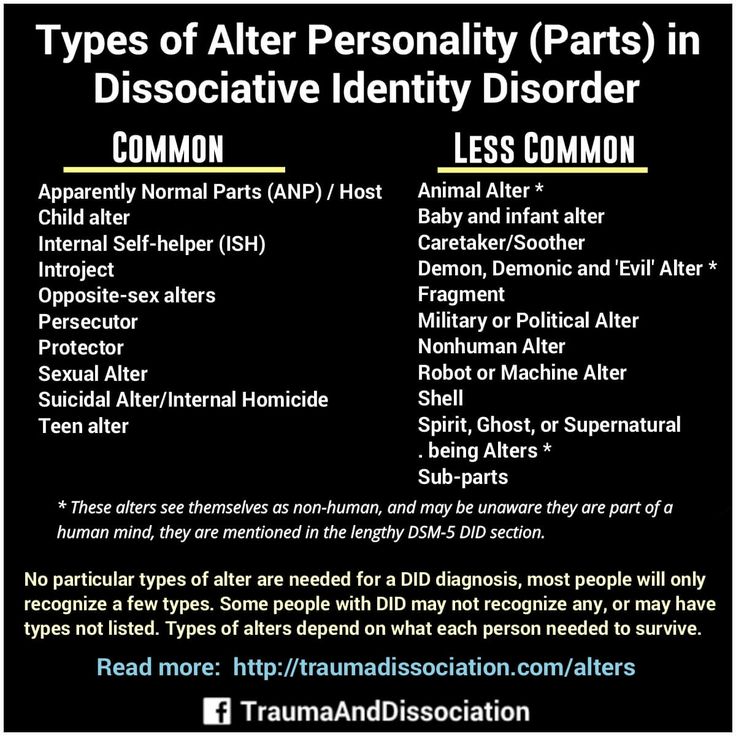 nine0011
nine0011
Antisocial personality disorder persists throughout life, treatment is ineffective, but it helps to slightly correct behavior. Some patients create social groups isolated from society, become leaders of sects or criminal gangs. With age, many patients develop concomitant affective and somatic disorders, alcoholism, and drug addiction.
Diagnosis of disorder
The disorder is diagnosed on the basis of a conversation with a person and the collection of an anamnesis of life. To assess the degree of neglect of duties and neglect of established rules, social conditions and cultural norms of a particular region are taken into account. nine0011
Antisocial personality disorder is diagnosed in the presence of general manifestations of the disorder and specific symptoms:
- the disorder is initiated at an early age (up to 15 years), there are no alternating periods of exacerbation and recovery;
- constant deliberate violation of social norms, laws, disregard for the rights and feelings of people;
- a person easily loses his temper, is angry, prone to violence; nine0004
- there is no sense of guilt and responsibility for their actions;
- a tendency to constant lies, fraud and manipulation;
- condemnation of other people's actions, justification and rationalization of their own;
- there is no planning, impulsiveness of actions, irresponsibility.
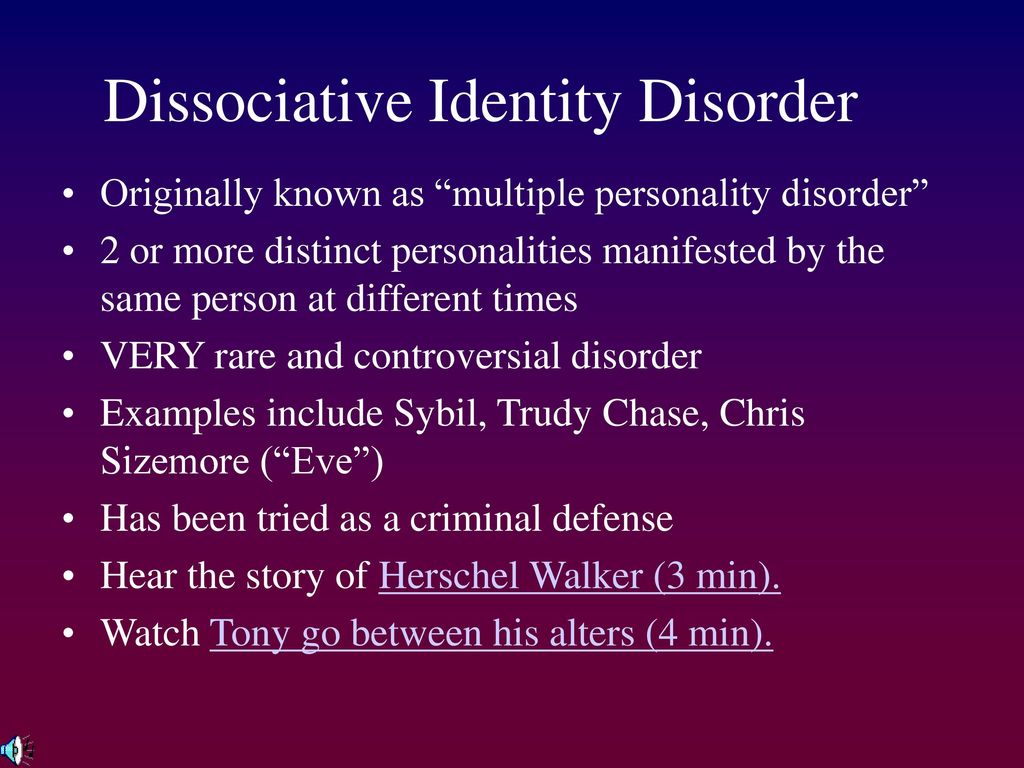
The disorder can be differentially diagnosed with the following diseases: nine0011
Narcissistic Personality Disorder . The person is not capable of empathy, tends to exploit others for their own purposes, but is not aggressive. Patients with narcissistic disorder have difficulty managing their self-esteem, it is important for them to hear praise and belong to special groups of people. To maintain their sense of superiority, they devalue other people and their achievements. They overestimate their abilities and exaggerate their achievements. Patients with antisocial personality disorder exploit others for material gain, while those with narcissistic personality disorder exploit others to maintain their self-esteem. nine0011
Borderline Personality Disorder . BPD patients are prone to manipulative behavior, the goal of manipulation is to gain attention and support, not material gain. Patients experience intense fear or anger when they feel ignored or rejected, afraid of being abandoned, left alone.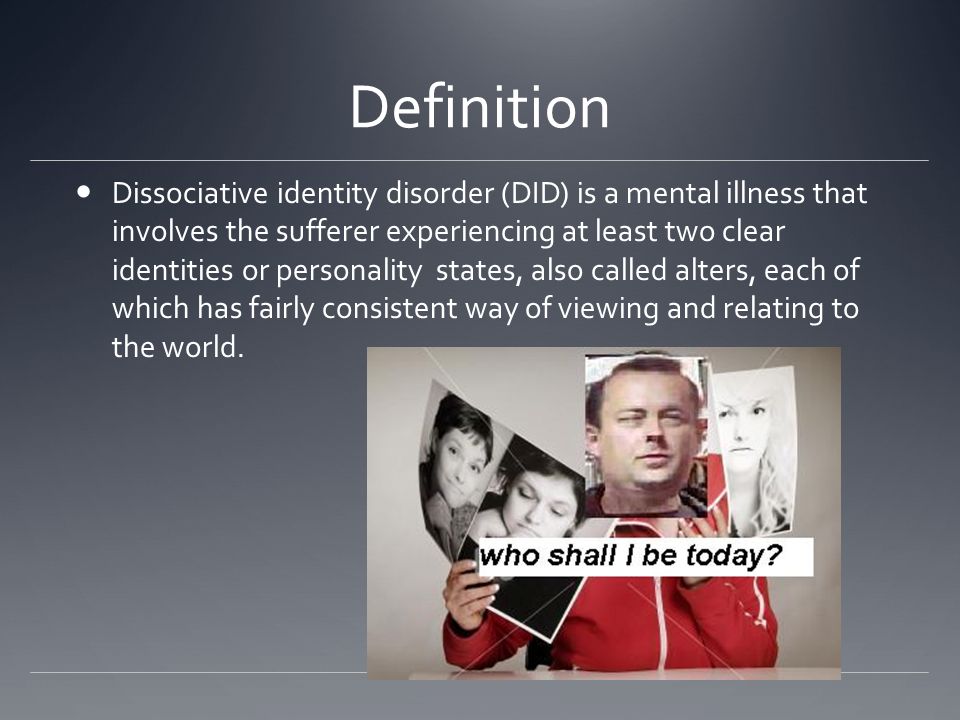 Often and abruptly change the point of view, there is a phase of idealization and devaluation. They empathize only if they are sure that this person will come to their aid at any moment and will not leave them alone. After the end of the outburst of anger, he feels guilt and shame, convinces himself how much he himself is a bad person. nine0011
Often and abruptly change the point of view, there is a phase of idealization and devaluation. They empathize only if they are sure that this person will come to their aid at any moment and will not leave them alone. After the end of the outburst of anger, he feels guilt and shame, convinces himself how much he himself is a bad person. nine0011
Conduct disorders . Destructive patterns of behavior, in violation of norms and laws, occur before the age of 15 and stop with adulthood. In about a third of cases, they persist, the symptoms consistent with antisocial personality disorder. The disorders are characterized by persistent uncommunicative, aggressive, defiant patterns of behavior. Diagnosis is based on behavior patterns, including excessive conflict, deceit, cruelty to other people and animals, damage to property, etc. The presence of such pronounced signs is sufficient for diagnosis, but specific actions are evaluated only in conjunction with other factors. nine0011
Psychopathy . A disease with pronounced antisocial behavior, with complete preservation of thinking. Sociopathy is a milder form of psychopathy. With a normal existence in society, but a complete disregard for the rules and laws, we are talking about sociopathy. Psychopaths also know how to manipulate others, do not form attachments, other people are needed only to achieve their goals and entertainment. But if the psychopath is inclined to build and implement his plans in cold blood, then the sociopath acts spontaneously, often commits risky acts. nine0011
A disease with pronounced antisocial behavior, with complete preservation of thinking. Sociopathy is a milder form of psychopathy. With a normal existence in society, but a complete disregard for the rules and laws, we are talking about sociopathy. Psychopaths also know how to manipulate others, do not form attachments, other people are needed only to achieve their goals and entertainment. But if the psychopath is inclined to build and implement his plans in cold blood, then the sociopath acts spontaneously, often commits risky acts. nine0011
Substance dependence . Impulsivity and irresponsibility can be the result of substance use. The analysis is based on the patient's history. Dependence can accompany a dissocial disorder, or be an independent disease.
Heboid schizophrenia . The presence of pronounced emotional changes and early onset emotional dullness is often a sign of slowly developing schizophrenia with heboid manifestations or chronic mania.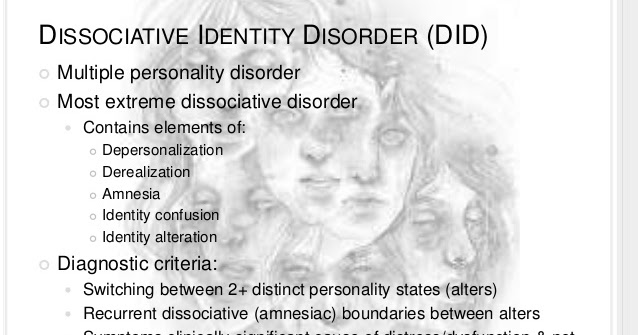 The leading place in the manifestations of the heboid state in schizophrenia in adolescence is occupied by psychopathological disorders that contribute to a strong distortion and exaggeration of the typical manifestations of puberty (the desire to assert oneself, a tendency to oppose, contradict others). Under the influence of the disorder, the usual manifestations become psychopathological, total negativism and opposition to others and discipline develop. nine0011
The leading place in the manifestations of the heboid state in schizophrenia in adolescence is occupied by psychopathological disorders that contribute to a strong distortion and exaggeration of the typical manifestations of puberty (the desire to assert oneself, a tendency to oppose, contradict others). Under the influence of the disorder, the usual manifestations become psychopathological, total negativism and opposition to others and discipline develop. nine0011
Dissociative Identity Disorder . A type of dissociative (conversion) disorder. It is characterized by the presence of two or more alternating personalities (alter-personality, ego-state or identity). Dissociative identity disorder is accompanied by an involuntary escape from reality, derealization, depersonalization. Inability to recall events from daily life, certain personal information, traumatic events, or severe stress. The cause of conversion disorder is almost always a trauma in childhood or adulthood.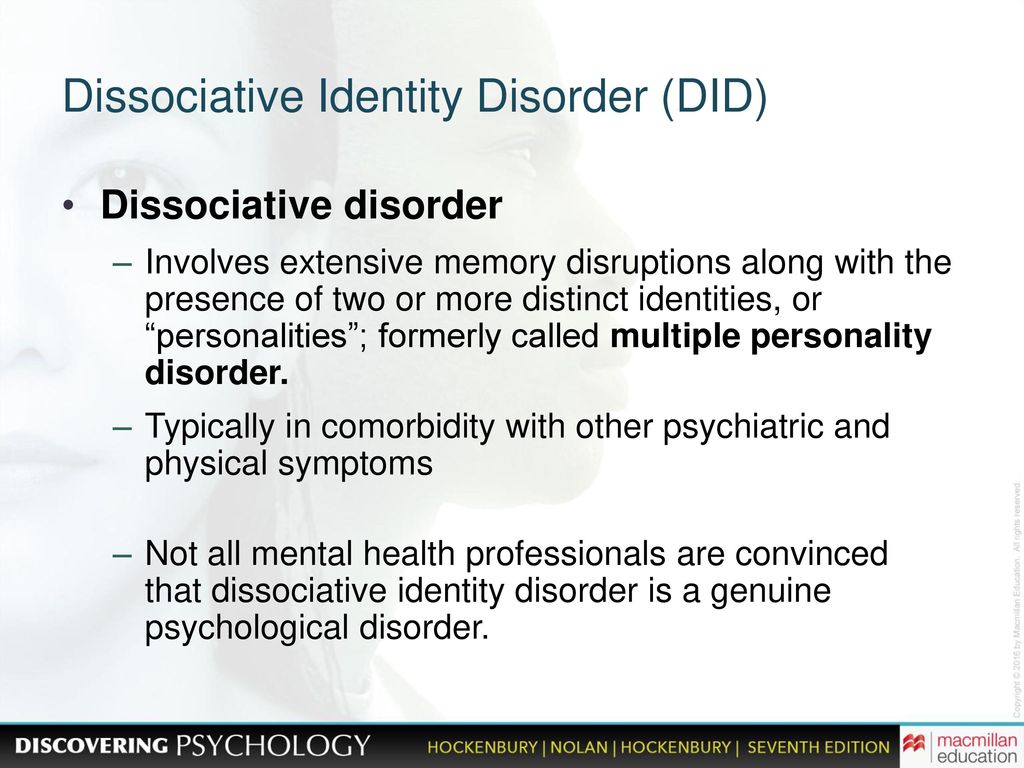 As a result of an identity disorder, a person finds himself in one or more personalities at the same time or in turn. At such moments, a person disconnects from himself and stops feeling his own body, may not see himself from the outside. Personalities within a person can have different ages, genders, nationalities, mental abilities, temperaments, and have completely different behaviors and habits. nine0011
As a result of an identity disorder, a person finds himself in one or more personalities at the same time or in turn. At such moments, a person disconnects from himself and stops feeling his own body, may not see himself from the outside. Personalities within a person can have different ages, genders, nationalities, mental abilities, temperaments, and have completely different behaviors and habits. nine0011
Emotionally unstable personality disorder . Such people are prone to impulsive actions, are not afraid of consequences, are unpredictable, conflict and capricious. They tend to have emotional outbursts and are unable to control their temper tantrums. There are two types of disorder: impulsive type (emotional instability and lack of emotional control) and borderline type (characterized by a disorder of self-perception, goals and aspirations, a constant feeling of emptiness, tension and instability of interpersonal relationships, self-destructive behavior, suicidal attempts are possible).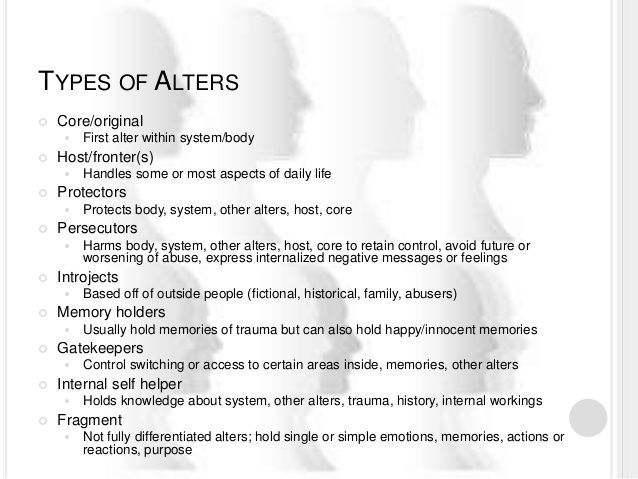 nine0011
nine0011
Treatment of antisocial disorder in Alter
Individuals with antisocial disorder almost never seek psychiatric help. But many sociopaths feel the inner emptiness that is formed due to the lack of attachments and harmonious relationships with others, and they want to correct this.
Treatment of antisocial disorder is carried out with the help of a course of individual psychotherapy, sometimes methods of cognitive behavioral therapy and situational management. It is not easy for a specialist to find contact with such people, but the doctors of the Alter Mental Health Center are able to find an approach to each patient. nine0011
Treatment at Alter for patients with antisocial personality disorder is selected individually, depending on the overall clinical picture. Individual psychotherapy helps to achieve a strong positive effect, harmonizing the life of the patient and his loved ones, and is also aimed at correcting the model of thinking and behavior, impulse control.